You know Costa Rica for its lush tropical forests, incredible beaches and amazing wildlife. But, how much do we know about Costa Rica’s history from the pre-hispanic era? To take a peek into the country’s past, make a trip to Guayabo National Monument. This heritage site protects the last remains of historical architectural structures in a rainforest region. Interestingly, green foliage occupies more space at the site than the ruins themselves. Can you really be far from nature when you are in Costa Rica? Here is everything you need to know about how to visit Guayabo National Monument.
You can watch our Guyabo National Monument video towards the end of this post.
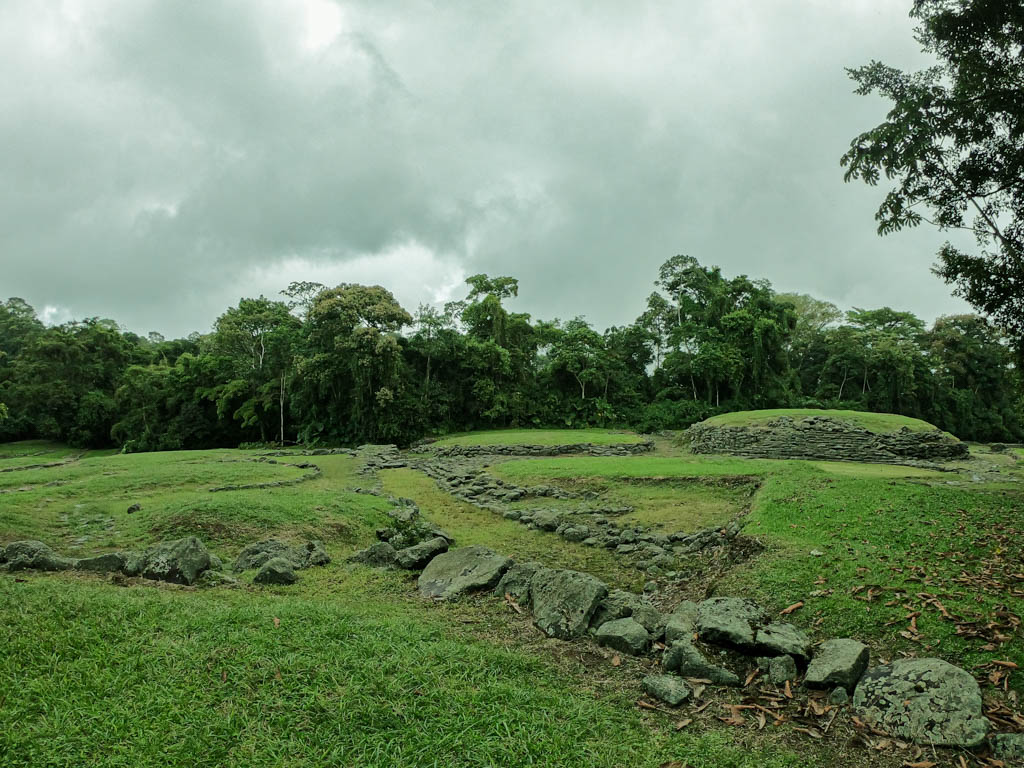
How to reach Guayabo National Monument?
Guayabo National Monument lies near the Turrialba town in Cartago province of Costa Rica. This actually gives you an opportunity to combine your Guayabo trip with a visit to Turrialba volcano.
It takes about 2.5 hours to drive down from the Central Valley to Guayabo National Monument. The distances from the major cities of Central Valley and from Cartago are as follows:
- San Jose: 65 km
- Heredia: 72 km
- Alajuela: 83 km
- Cartago: 40 km
Driving towards and in the Cartago province is always a delightful experience. Green mountains and agricultural fields in the valleys accompany you for the major part of your journey. The verdant scenery is sometimes clad in cloud and sometimes showered in sunshine, always making for picturesque frames. Driving to Guayabo is no exception. However, some stretches of road towards the end are not in excellent condition.
How to buy tickets for Guayabo National Monument?
You can buy the tickets directly at the the ticket sales office at Guayabo National Monument. Remember to grab a map from the reception desk.
Entry fees
- For foreign nationals: 5 USD
- For citizens and residents: 500 CRC (~0.86 USD)
Other important information
- Hours: 8:00 am – 3:30 pm
- Parking: On road parking, monitored by guards
- Restrooms: Available, but on the other side of the road
- Food: No restaurant inside.
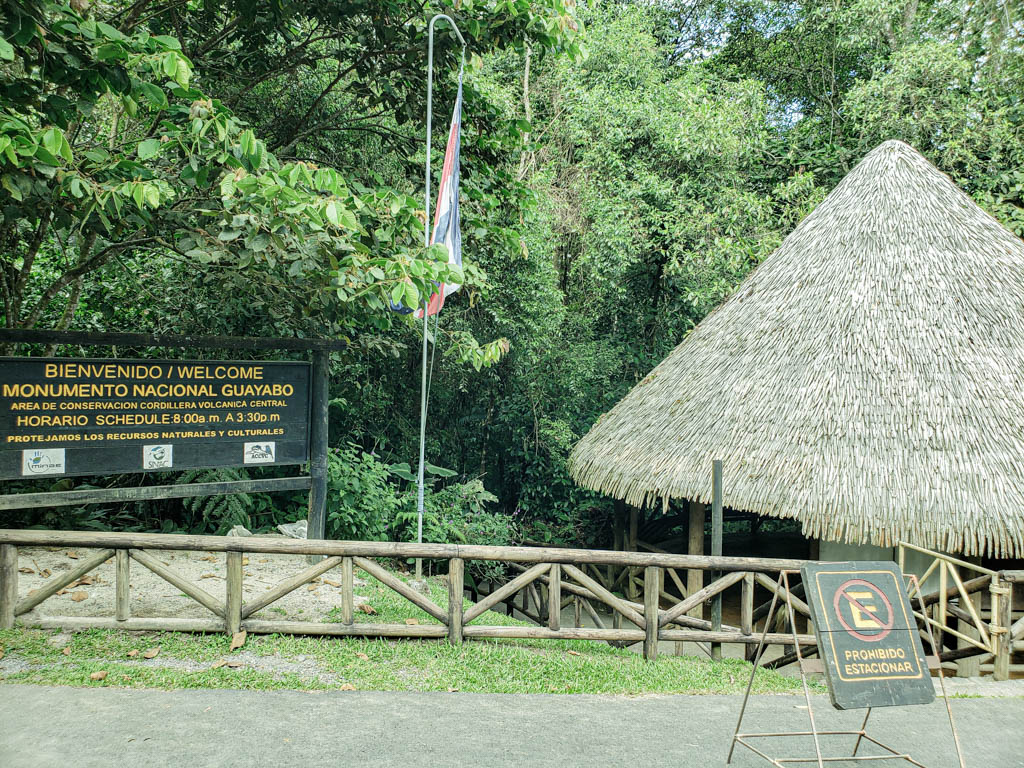
When is the best time to visit Guayabo National Monument?
You can visit Guayabo National Monument at any time of the year. Since you will need to walk in the open to explore the ruins, it helps to have a dry day. However, when we visited Guayabo, it started raining soon after we started walking on the trail. But that did not at all ruin our Guayabo experience. In fact, we thoroughly enjoyed watching the grass-covered monument bases get drenched in rain.
Please note, rainy season in Costa Rica runs from April/ May until November/ December.
What to wear for your trip to Guayabo National Monument?
Wear comfortable clothes and closed shoes that allow ease of walking. It does not take more than an hour to visit Guayabo National Monument. Yet, it is important to get your shoes right as you will be walking on semi-paved trails.
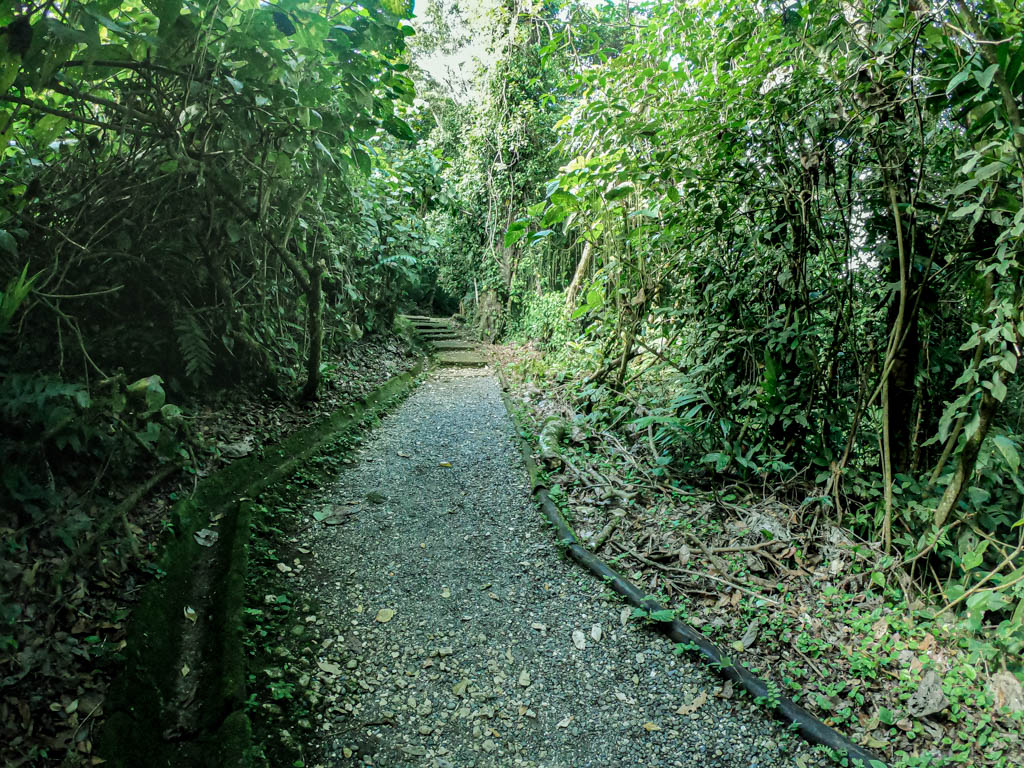
Last but not the least, carry a raincoat. In fact, always carry a raincoat when traveling in Costa Rica. We cannot emphasize on this enough.
It is also recommended to wear insect repellant lotion/ spray when visiting Guayabo. But we had not applied any during our visit, neither did we encounter any problem for that. This makes me wonder if our skins are friends with insects!
What to see at Guayabo National Monument?
Guayabo National Monument contains the remains of architectural structures built between 1000 BC and 1400 AD. In fact, the ruins now are no more than the just the foundation grounds of those structures. That is why on many of the boards, they have included a pictorial projection of how the actual site might have looked like. So, before you start walking the trails, it is important that you read the maps and the explanations about the ruins.
You can either take a guided tour or go on a self-guided one. We did not hire a guide, but did not have any trouble understanding the site. Each location has a board with detailed explanation, both in Spanish and English.
The first documented excavation
The first documented excavation at Guayabo happened in 1891, by Anastasio Alfaro. It was a cemetery next to the central mound. This is where high ranking officials of Guayabo used to be buried.
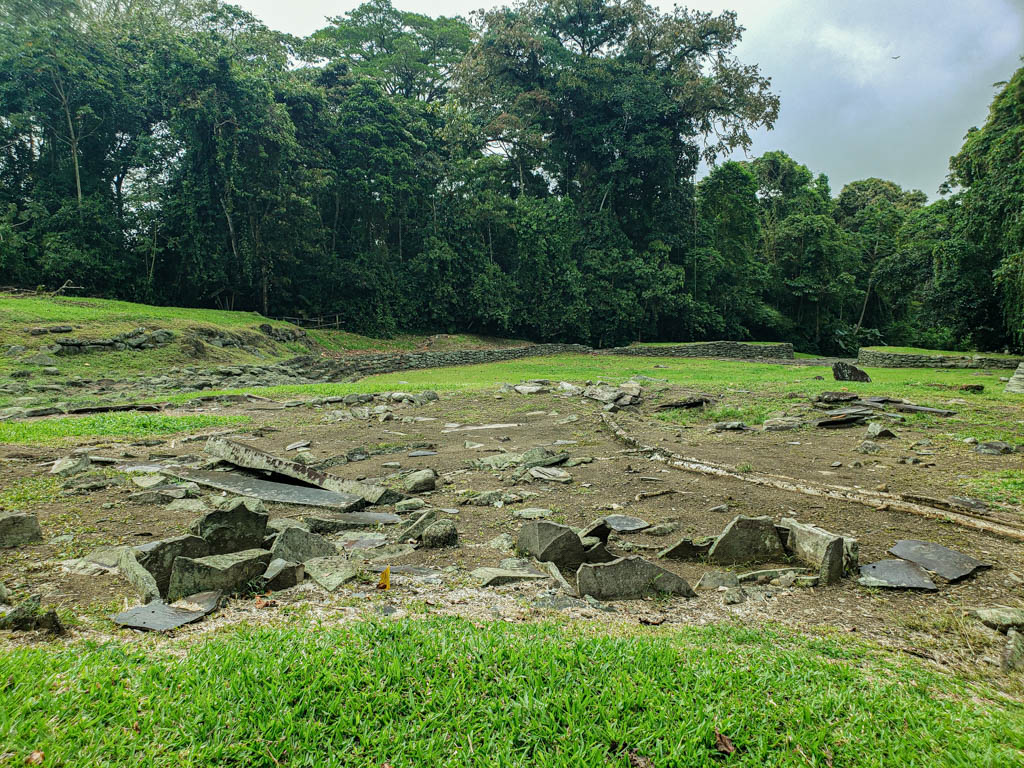
Petroglyphs and Drawer Tombs
Stones with patterned rock carvings were discovered during the excavation. You will find such an exhibit towards the beginning of the trail. It is a monolith with a jaguar sculpted on one side and an alligator sculpted on the other.
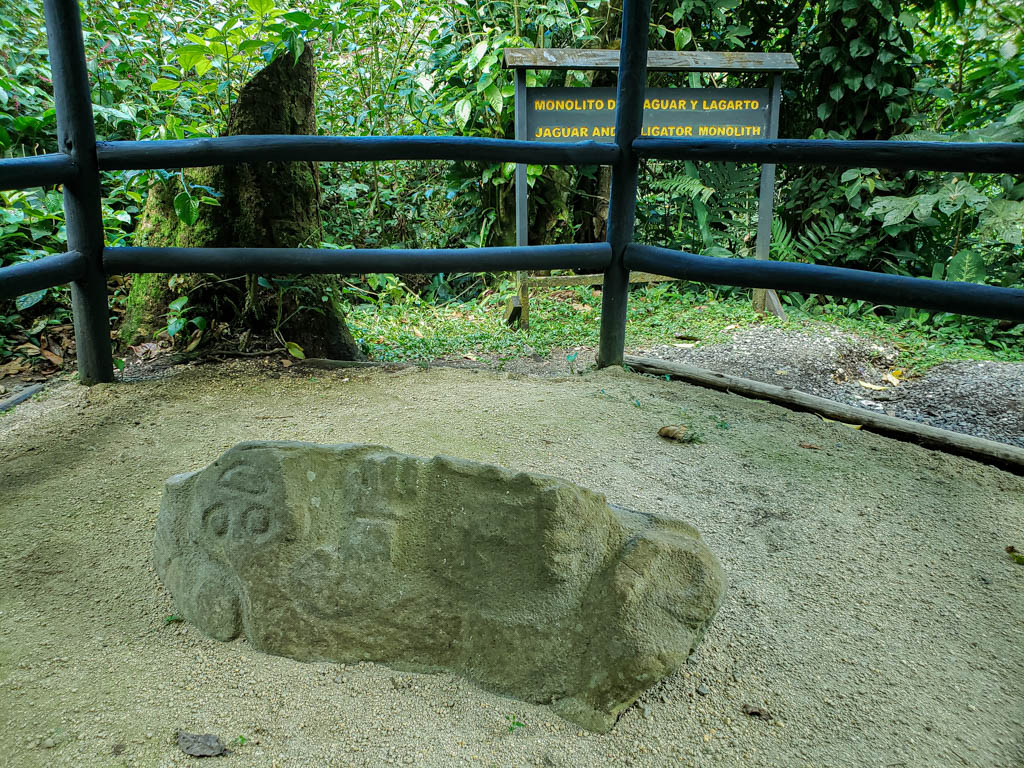
Immediately after the petroglyph, you will come across rectangular stone structures called Drawer Tombs or Tumbas de cajón.
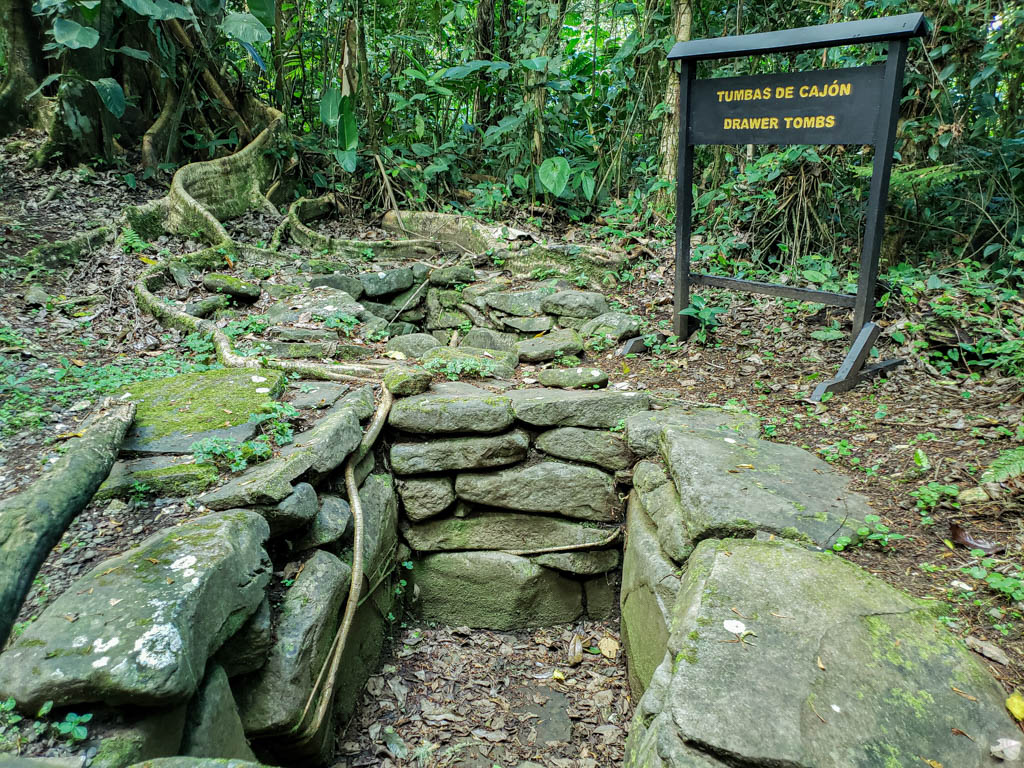
Mirador
Before heading towards the main site of the ruins, spend a few minutes at the Mirador (viewpoint). From here, you get a distant top level view of the site where the central mound is located.
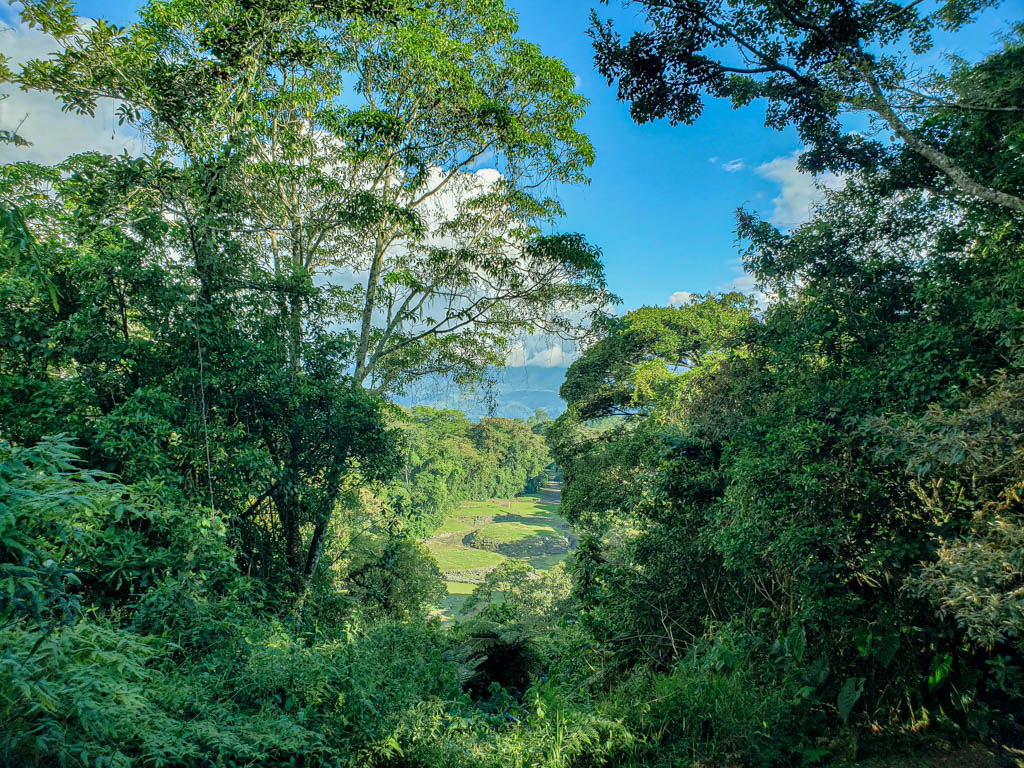
Central mound
The central mound is an elevated roundish platform, which is believed to be the foundation of a large palenque used by the top leader. That is why this has been the focus of many archaeological excavations.
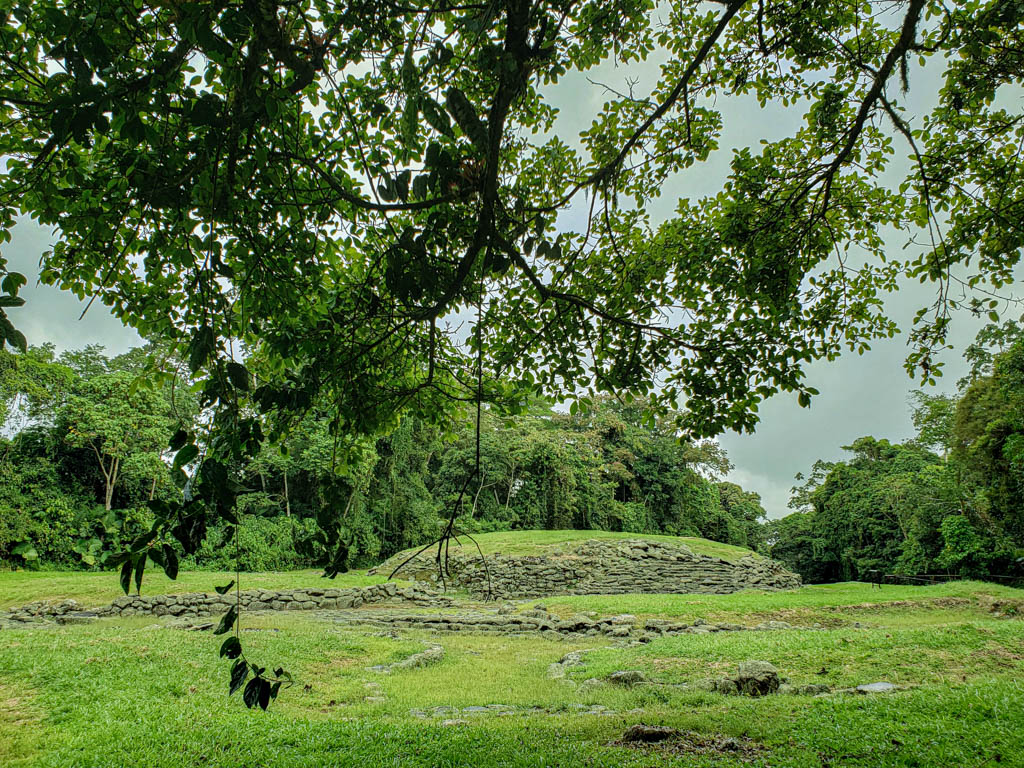
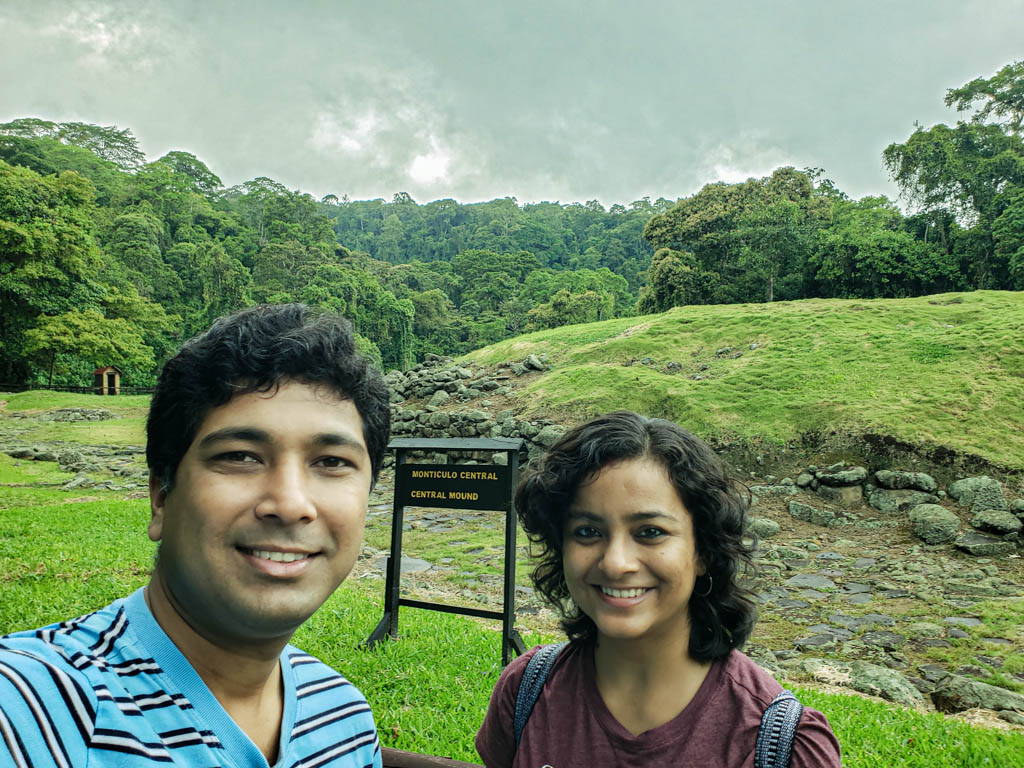
Other ruins
From the mirador, follow the trail to visit the other ruins of a kingdom that once was in Guayabo. First you will pass by the aqueducts and gatherers that constituted the water transportation system of the settlement. After crossing the central mound, you will see checkpoints.
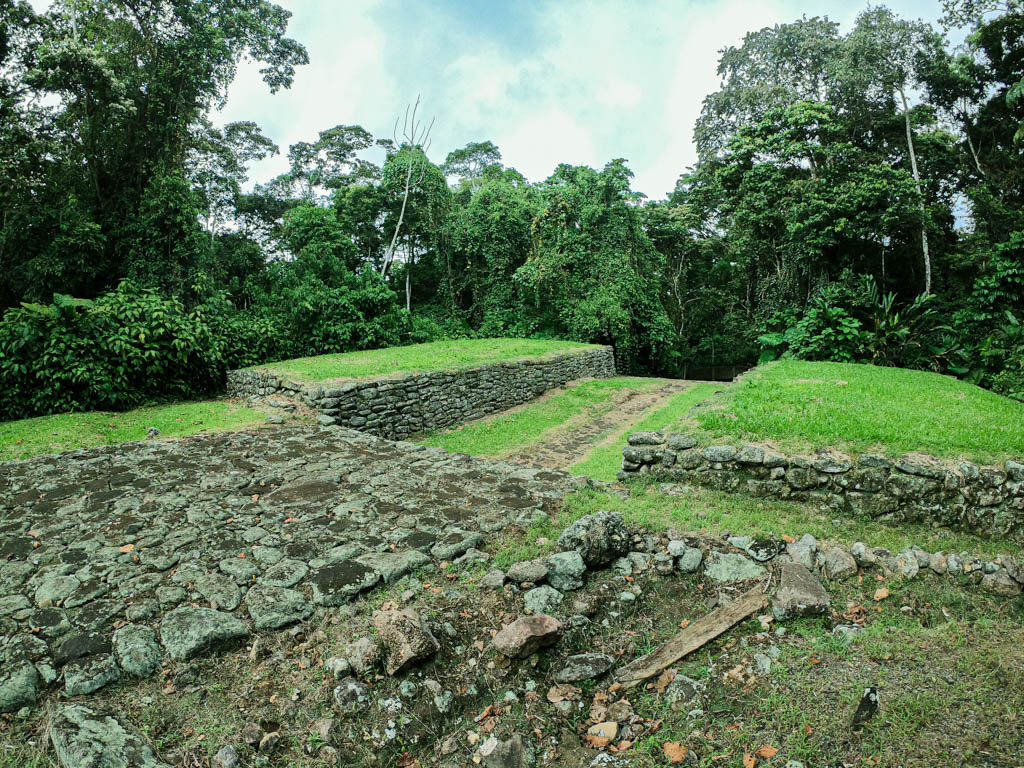
These checkpoints were used to restrict access to the residence of the main leader. One had to climb a stairway after this checkpoint to access the cobblestone road. Apparently, this access through a stairway was a symbolic act of respect for entering the residence of the main leader.
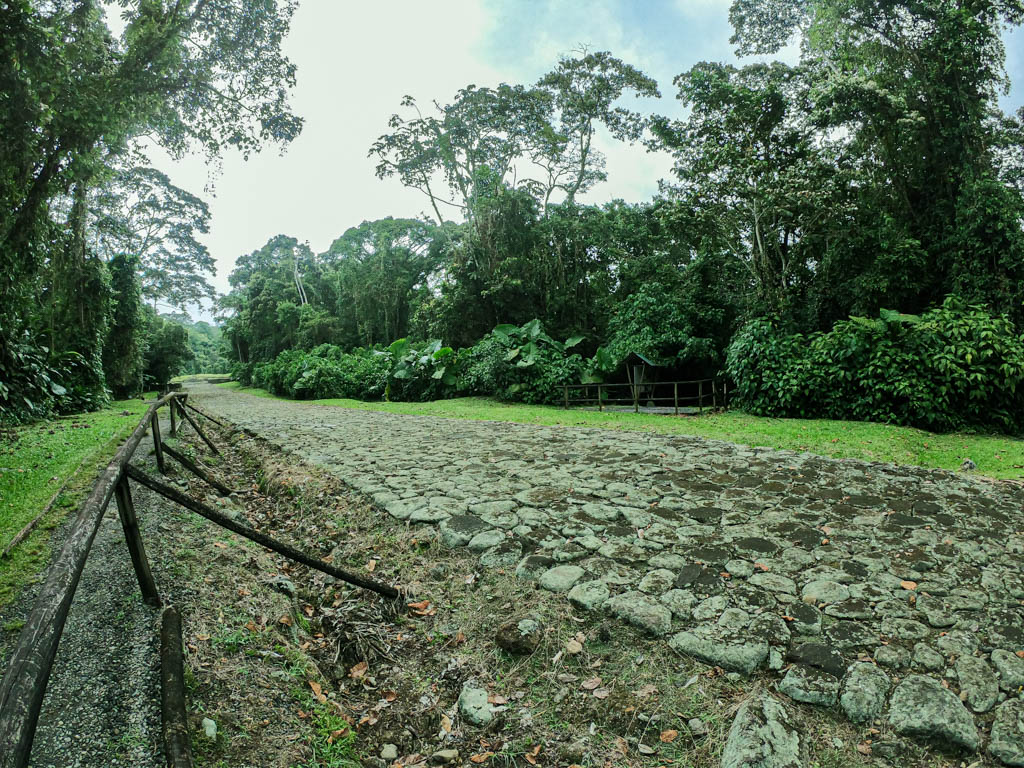
The trail continues further to other sites like rectangular mounds, eight-shaped mounds and the main square.
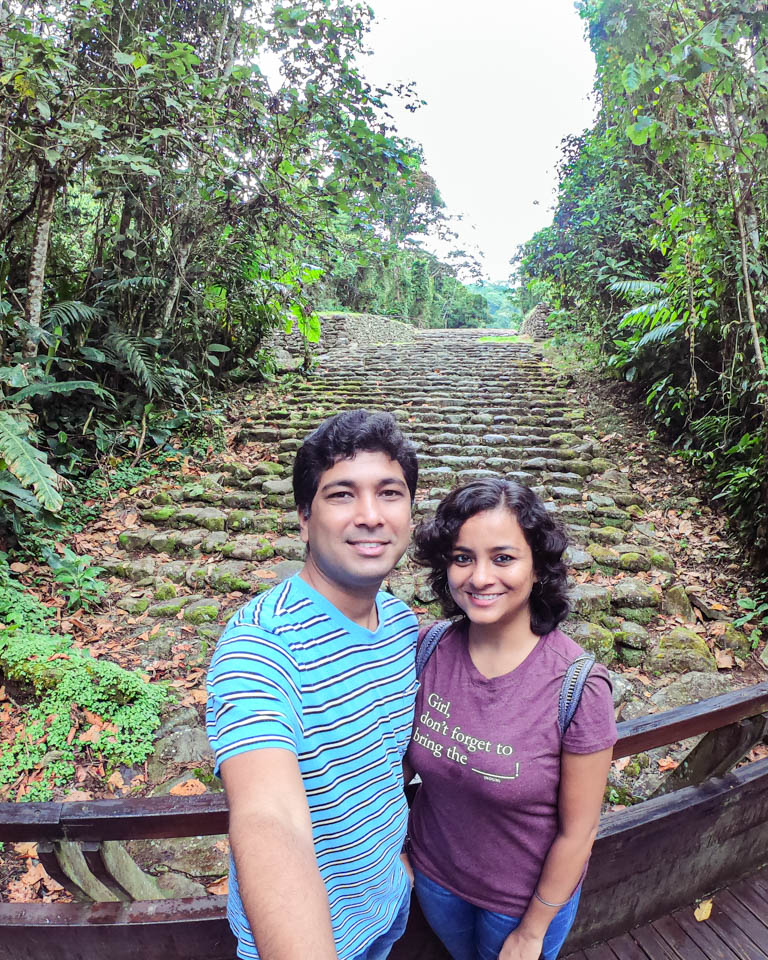
Flora and fauna
Being in a rainforest region, you visit Guyabo National Monument not just for the ruins, but also for the flora and fauna that adorn the site. Guayabo is also an excellent location for birdwatching. We did not get to see a lot of birds as it was raining at the time of our visit. But the forest looked dripping with freshness after the rains.
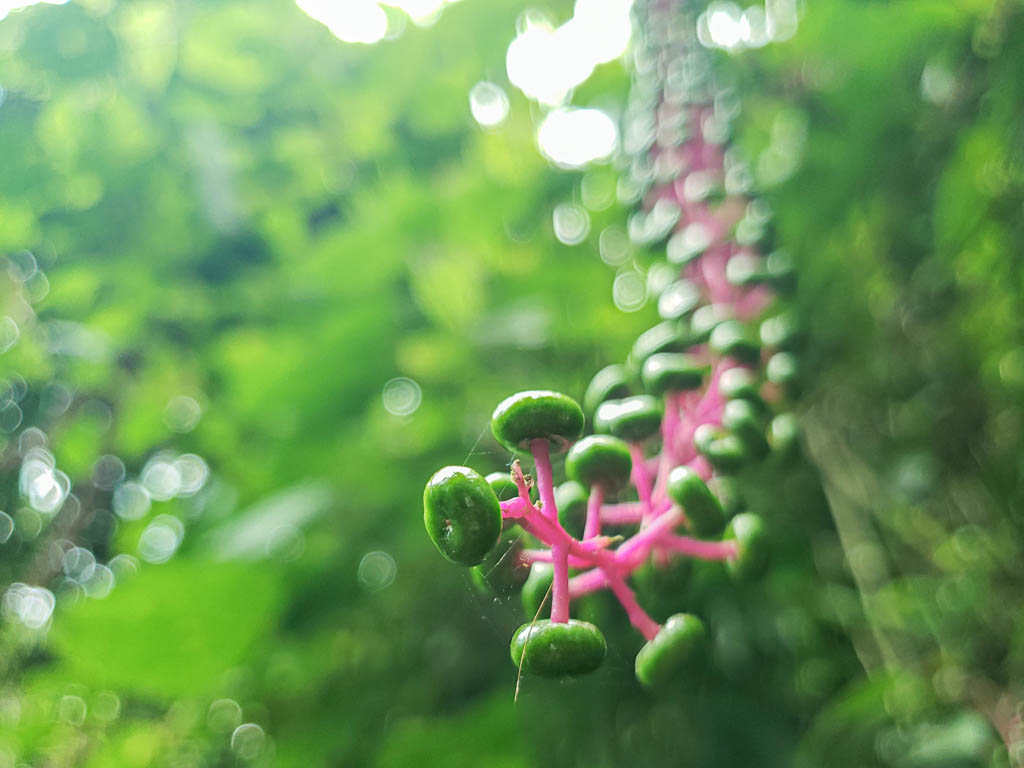
Is it worth visiting the Guayabo National Monument?
In terms of scale and grandeur, Guayabo National Monument is by no means comparable to the Incan ruins or the Mayan ruins. Neither can Guayabo be the reason why you will put Costa Rica on your travel bucket list. But we still think it is worth making some space in your travel itinerary to visit Guayabo National Monument. In fact, it makes for a good day trip from San Jose.
If you always wondered about Costa Rica’s ancient history, you will gain some perspective by visiting Guayabo National Monument. But it does not just end there. What we liked the best about Guayabo is how history and nature intertwine here to create an aura of a lost past.
Guayabo National Monument video
Check out this short video we made of our visit to Guayabo National Monument in November 2019.
Like the post? Pin it!


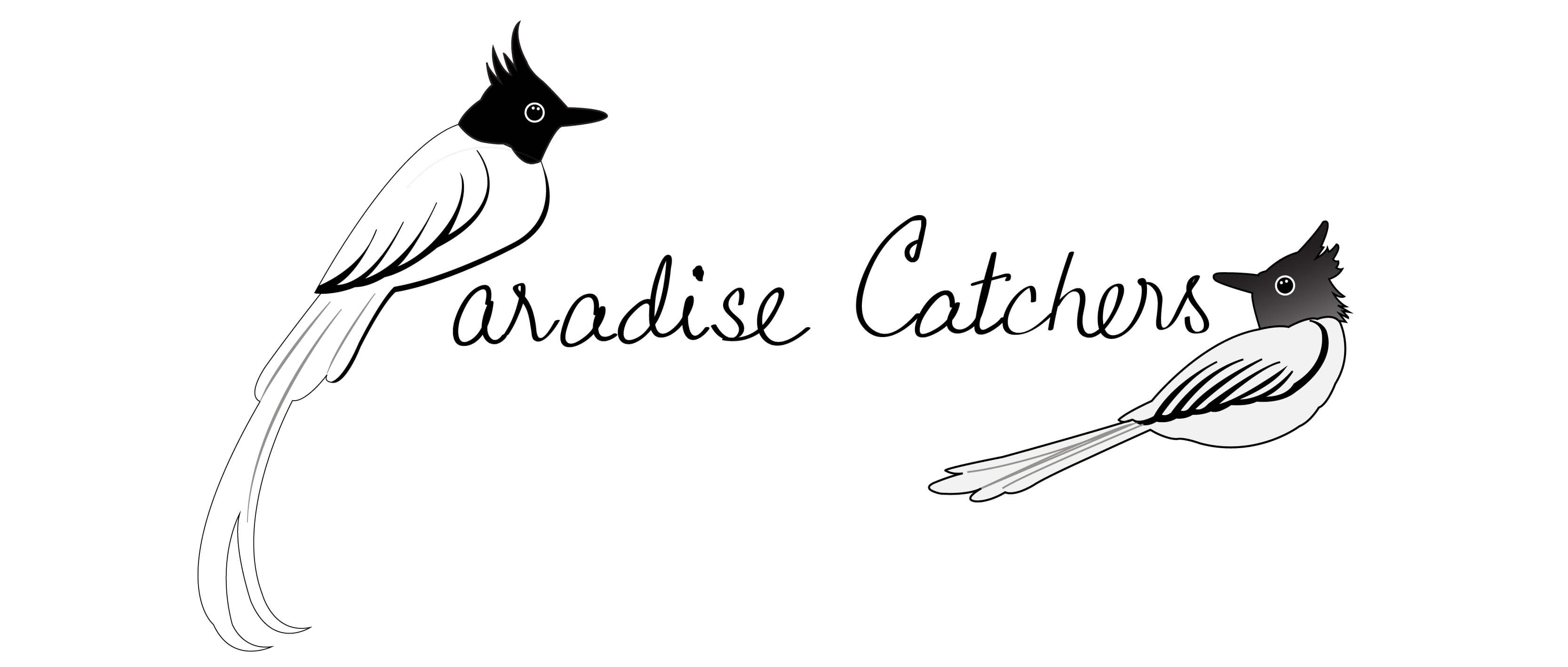
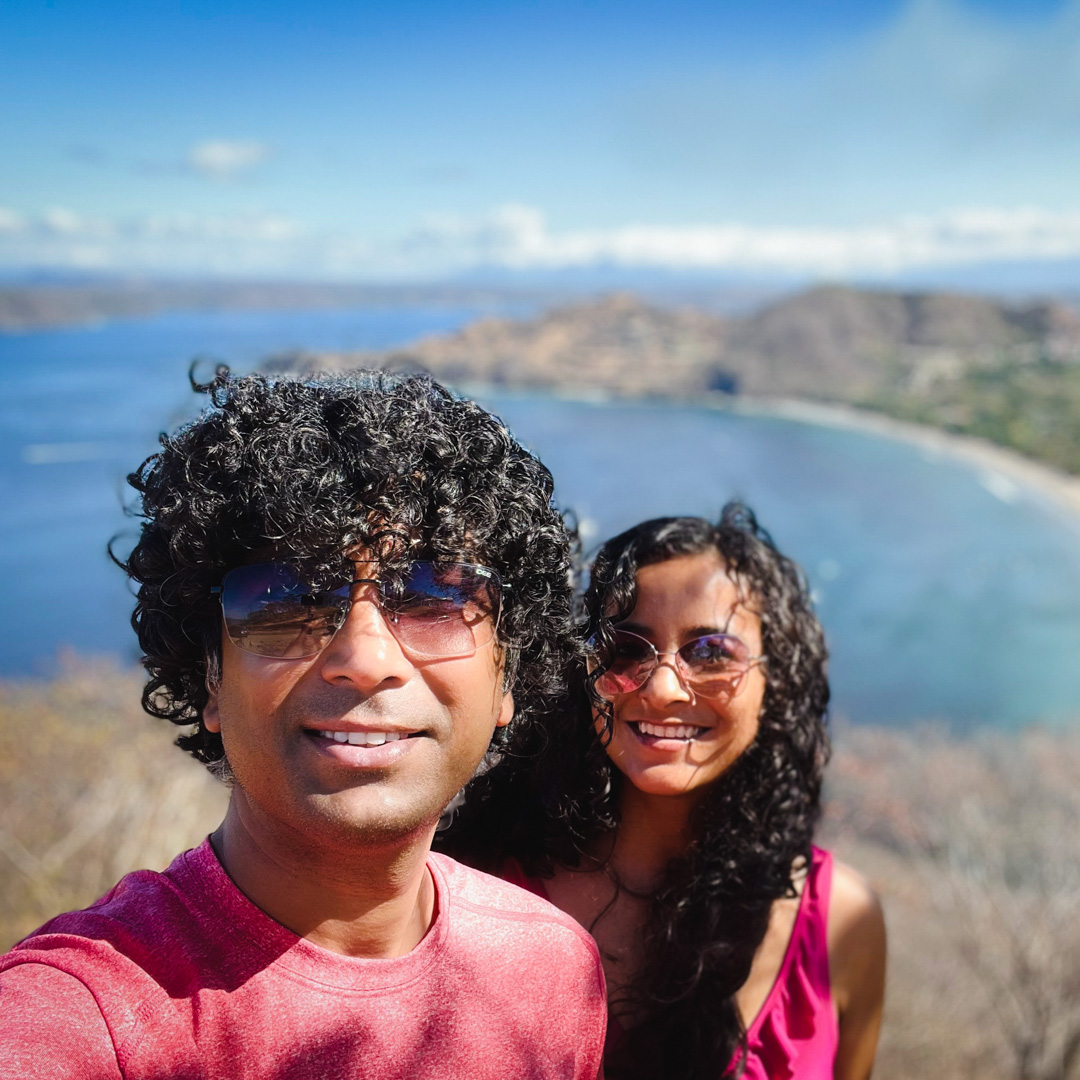
Looks super cool! I love ruins and mounds so this is right up my alley- thanks for the good info!
My husband and I only have a little time on our trip to Costa Rica. He is set on seeing Guayabo. Is it possible to go to the site on Christmas Day?
Hi Carmel. Yes, Guayabo National Monument is open all days of the year, including holidays. So, it is possible to visit the site on Christmas Day 🙂